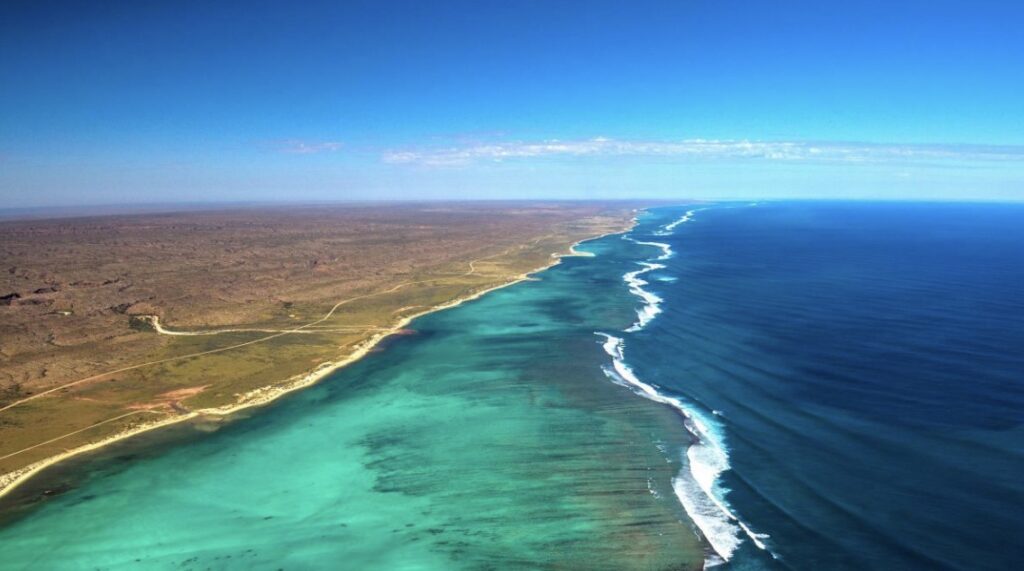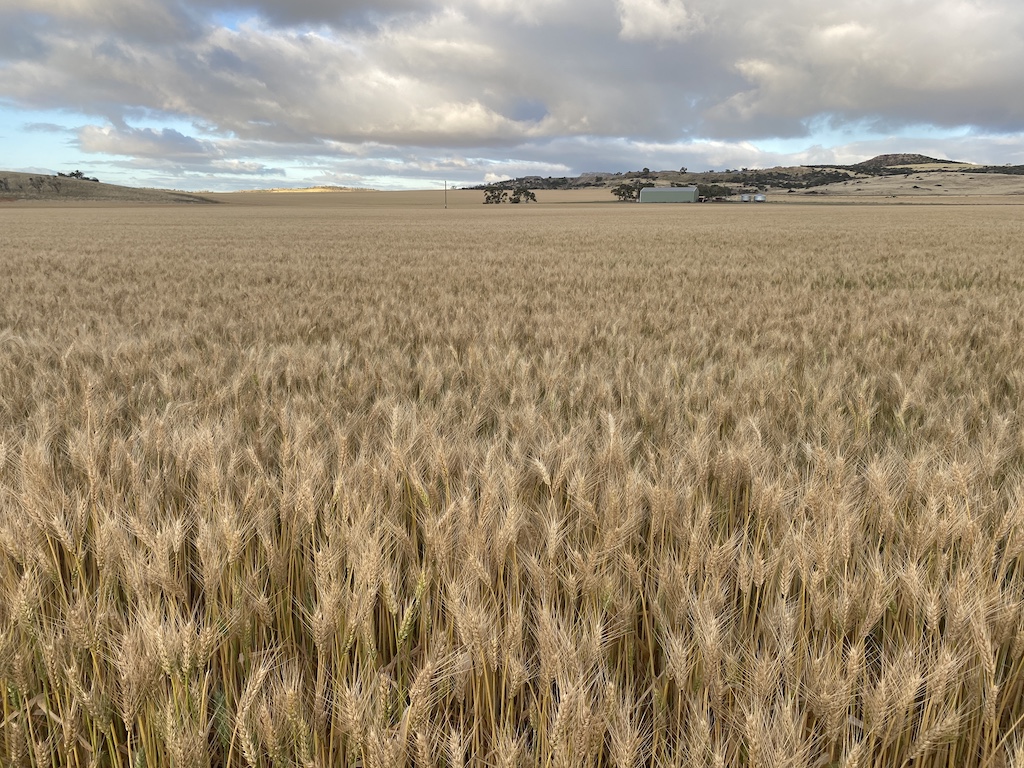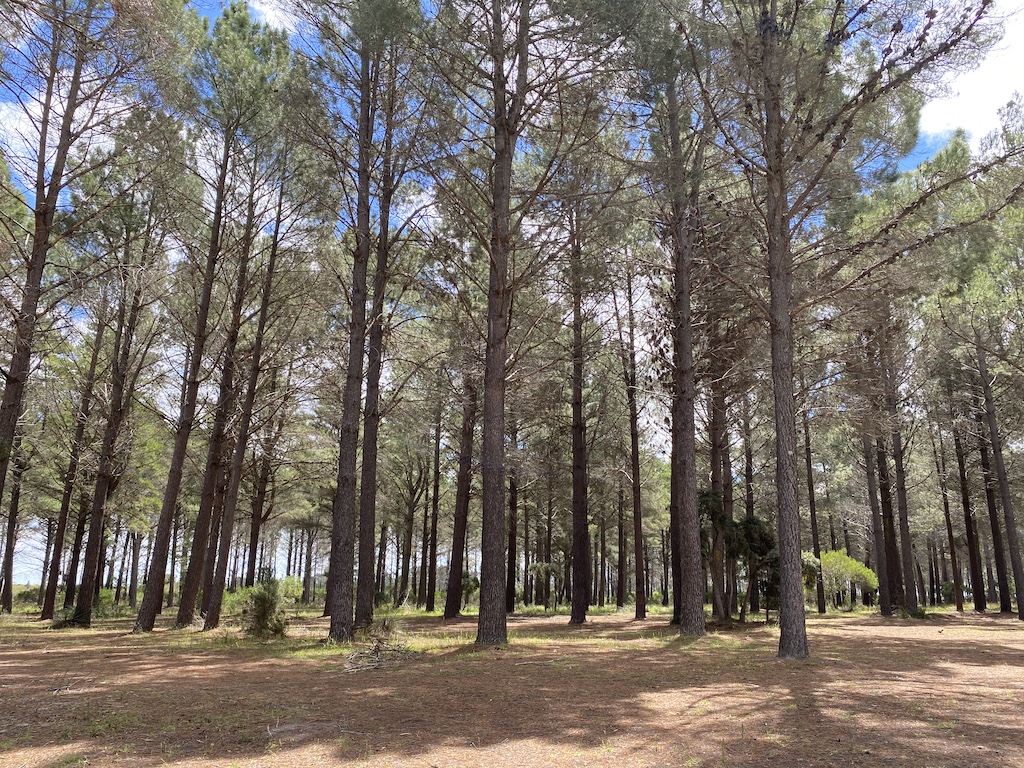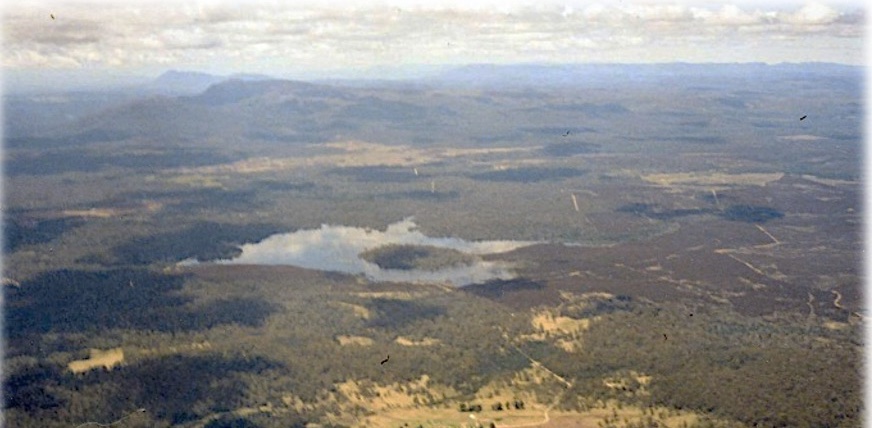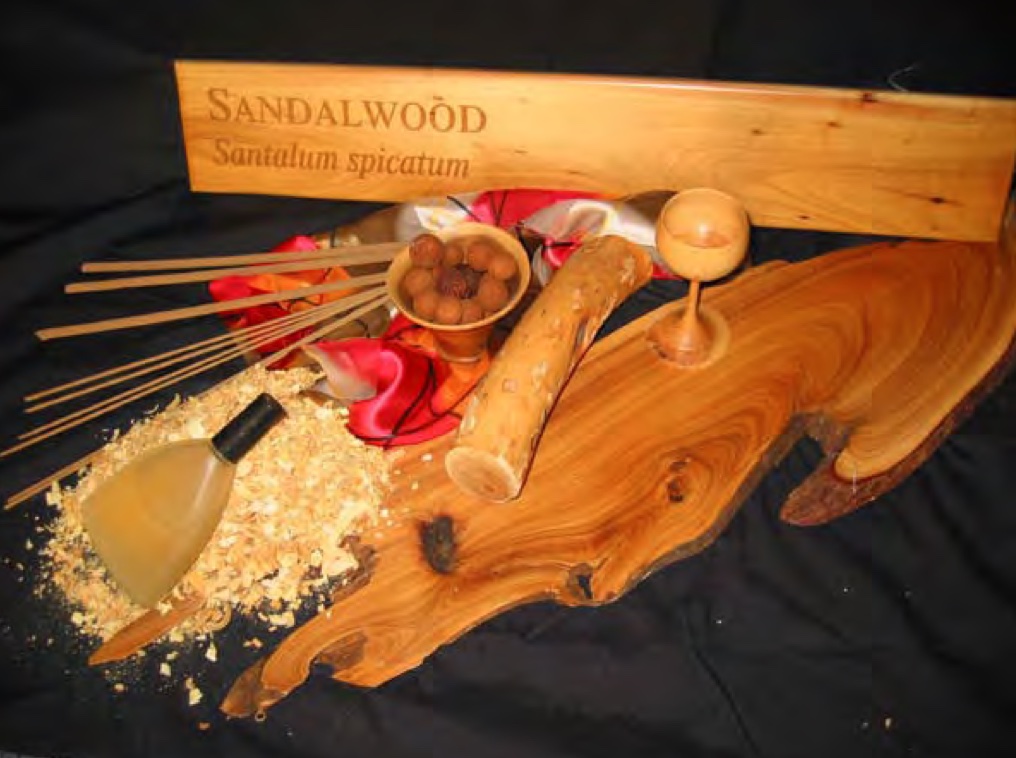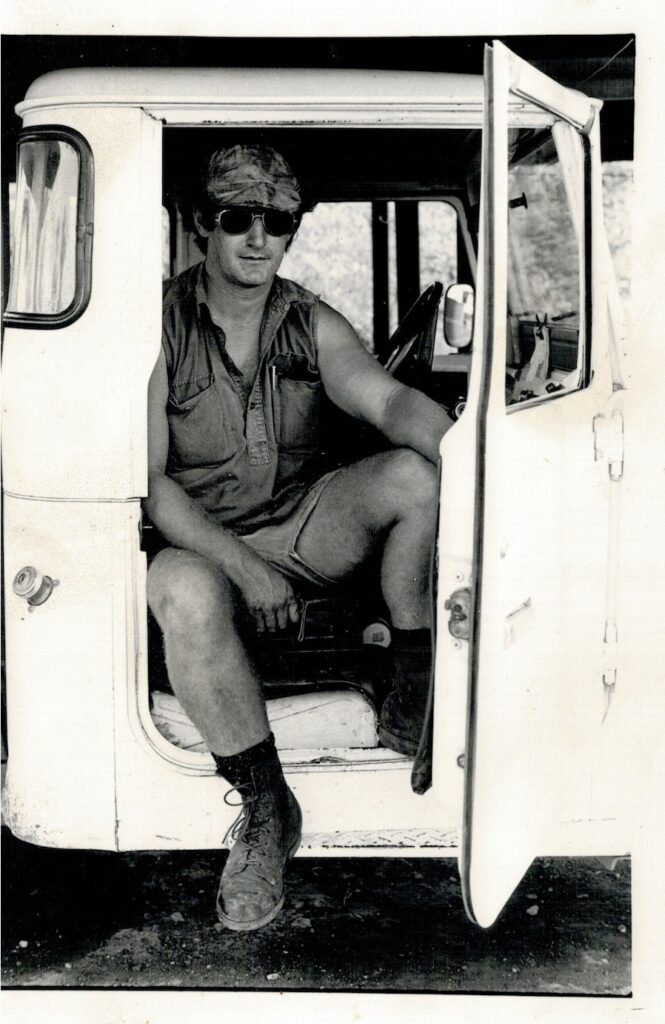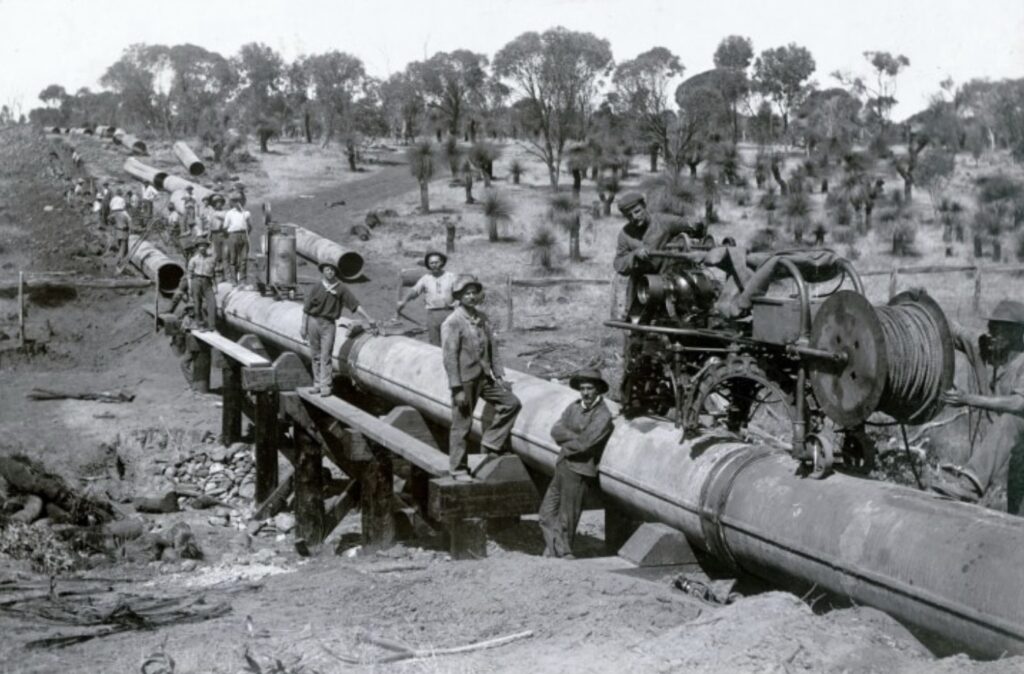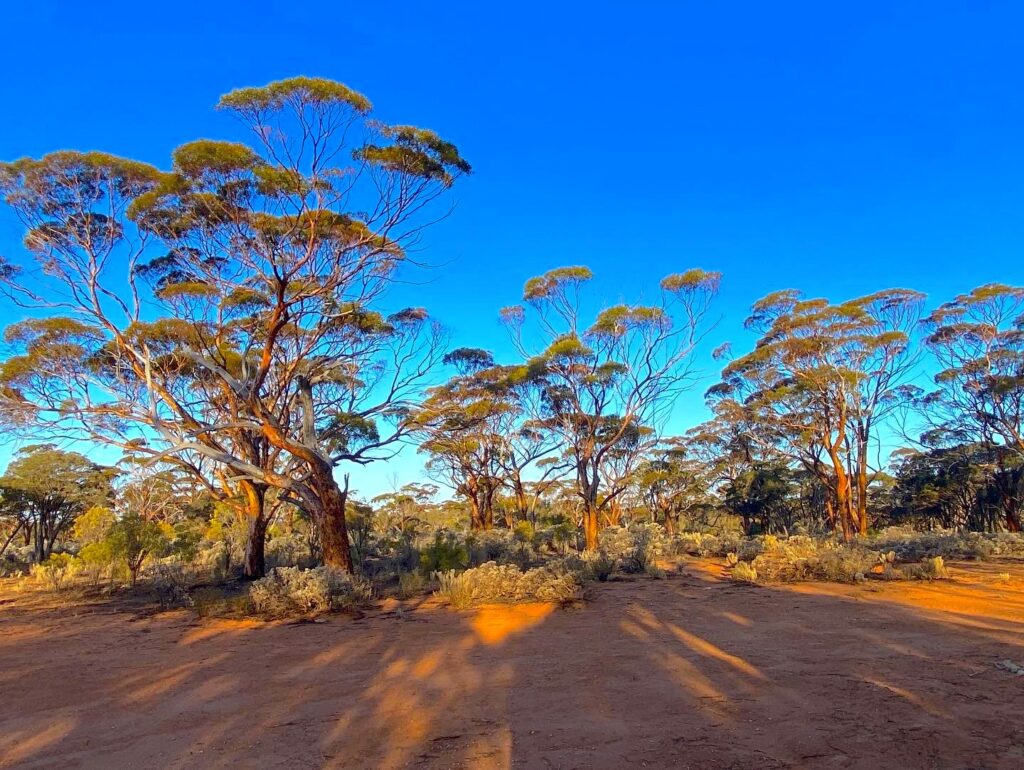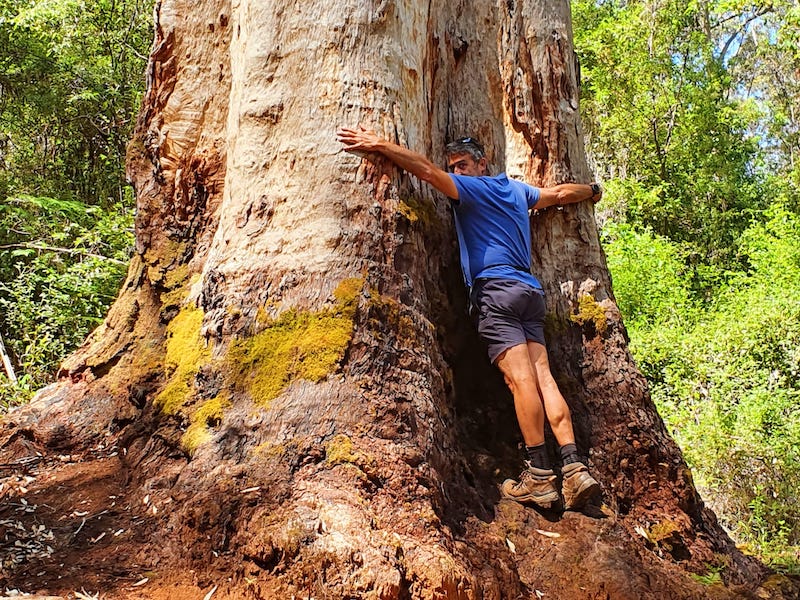A unique ocean current
Introduction
I found the coastline of Western Australia so different to places at equal latitude on the east coast. There are rocky islands and ledges that protect the coast from the incoming swells, tropical fringing reefs and vast meadows of seagrass. There is a tropical feel to the waters so far south.… Read more
A unique ocean current Read More »
